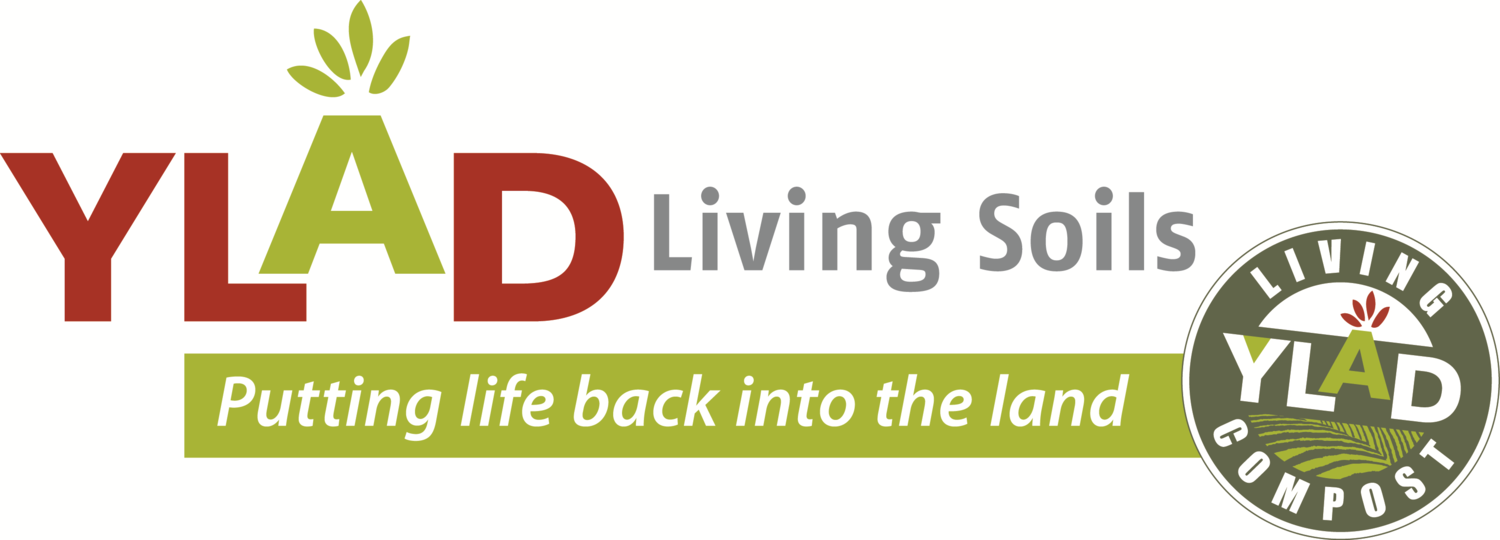In 2020 Bill and Rhonda made the decision to register a Soil Carbon Project with the Clean Energy Regulator and use Australian Soil Management to facilitate this.
After 19 years of promoting living soils through improved soil management via YLAD Living Soils and 15 years of promoting soil carbon sequestration for the role of trading Soil Carbon they decided to commit.
Following a path to restore full ecological health and productivity to Milgadara while looking down the barrel of climate change and increased drought incidence were paramount to building resilience into their system.
Years of holding Seminars and attending Conferences on Soil Carbon, they were still confused how to get started, what it all meant, what revenue can be generated, and who to sign up with.
What a minefield of sorting through information, facts and figures and varying offers. They spent many hours researching the above and choose to entrust their Project to Norman Marshall and Greg Bender of Australian Soil Management.
This is a very exciting time in history where farmers have the opportunity, not only to improve soil health but produce another revenue stream and leave a legacy for future generations.
Agriculture Climate Action is the growth story of the 21st Century
The reason why Soil Carbon can reverse Climate Change and earn you Money
It is now up to all farmers to reverse the ecological degradation caused by industrial farming practices helping Australia meet global challenges such as climate change, biodiversity loss and food scarcity. We all need to support the national objective to grow Australian agriculture into a $100 billion industry by 2030.
Presently, 40% of agricultural soils is classed as ‘degraded’ or ‘seriously degraded’. In fact, industrial farming has so damaged our soils that a third of the world’s farmland has been destroyed in the past four decades. As our soil degrade, they are losing their ability to hold carbon, releasing enormous plumes of CO2 into the atmosphere, also threatening n farm productivity and profitability, but also our nation’s food security, access to water and ecological.
We now have the solution by regenerating degraded soils by switching from intensive industrial farming to a more ecological method such as regenerative, biological, or organic farming.
Farming in these ways reduces Greenhouse Gas emissions or captures and holds carbon in vegetation and soils. It is managing land, water, plants and animals to meet the Triple Challenge of Landscape Restoration, Climate Change and Food Security. It seeks to reduce emissions in its production processes, while increasing production and sequestering carbon in the landscape.
Several recent examples of farmers putting life and carbon back into their soils show the enormous potential for farmers to earn Carbon Credits (ACCU’s) through the Carbon Farming Initiative (CFI) by storing carbon in their soil and reducing greenhouse gas emissions for the future of the Planet as well as receiving a financial reward.
Farmers now have an opportunity to trade soil carbon as a financial product through the Australian Government’s Emissions Reduction Fund (ERF) and soon there will be other opportunities such as private and international markets.
The sadder side of the story is that if farmers continue business as usual then there will be more frequent and intense droughts, storms, heat waves, rising sea levels, melting glaciers and warming oceans can directly harm animals, destroy the places they live, and wreak havoc on people's livelihoods and communities.
Farmers need to ignite their passion and enthusiasm for change and improve their in-farming systems to be a beacon of light in the world of agriculture.



